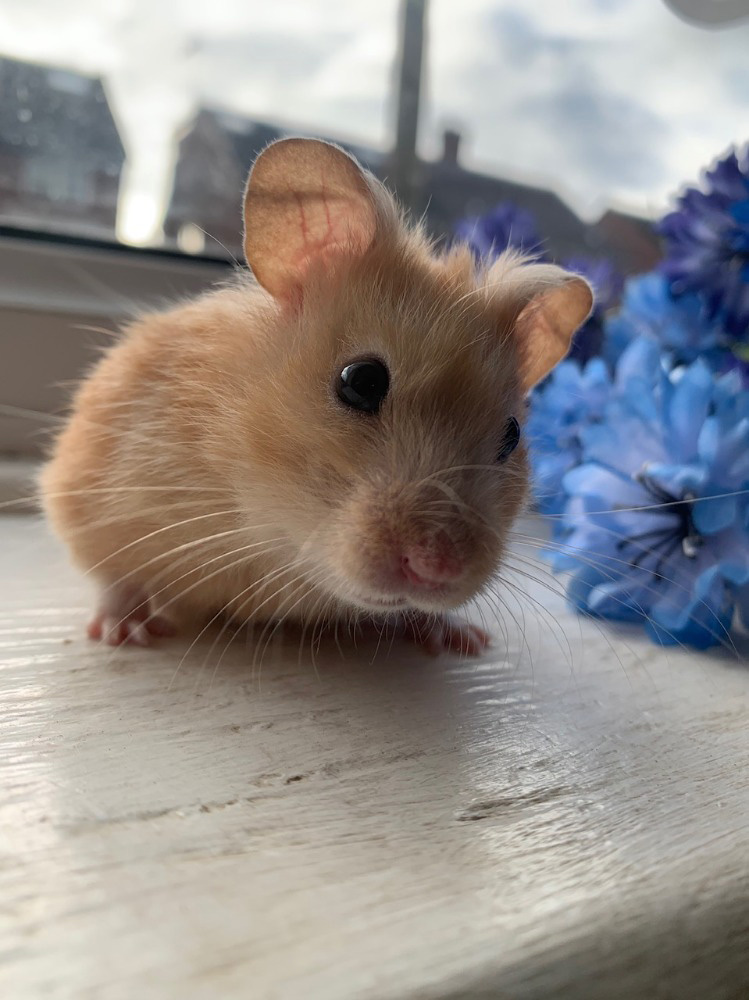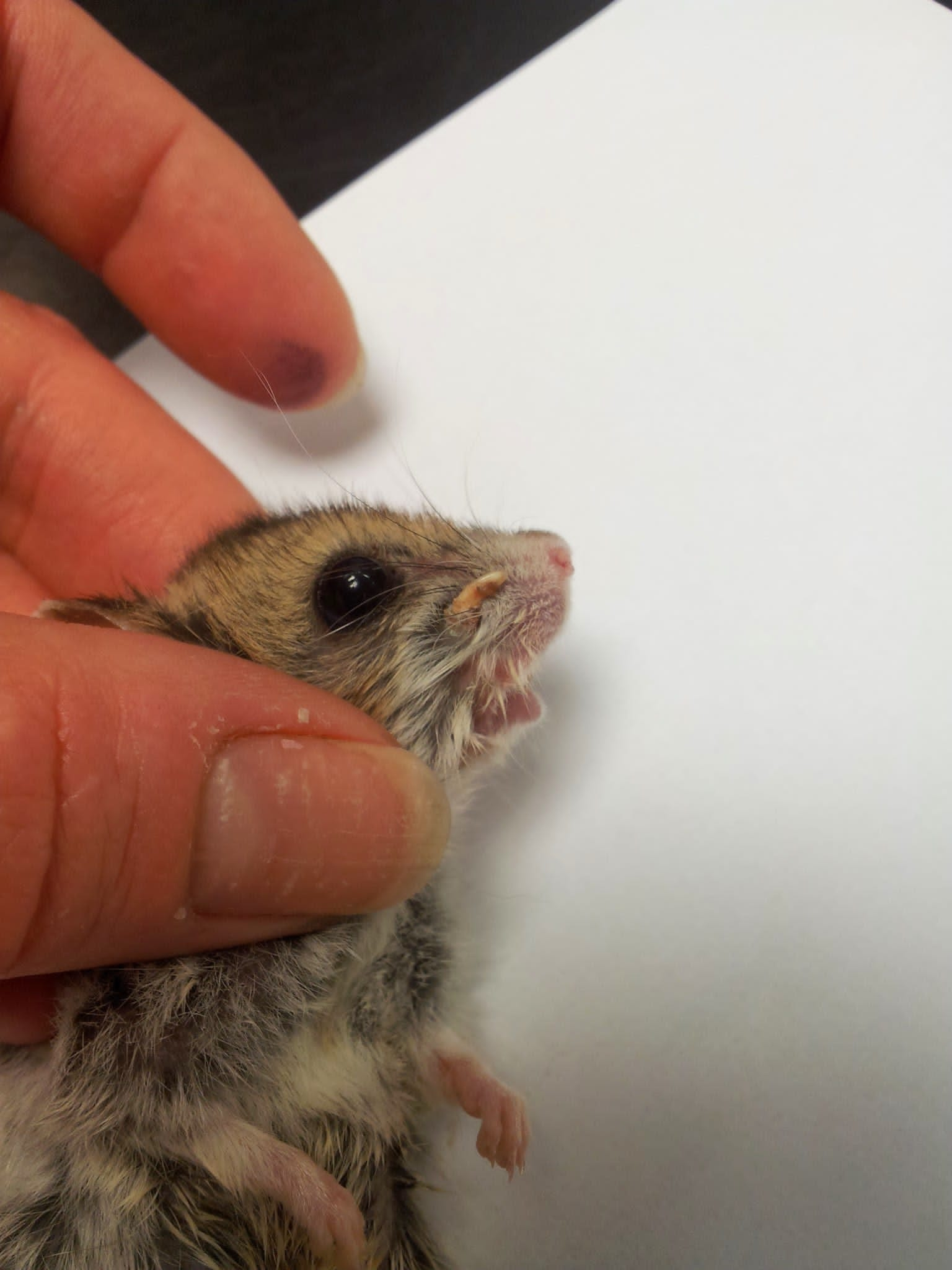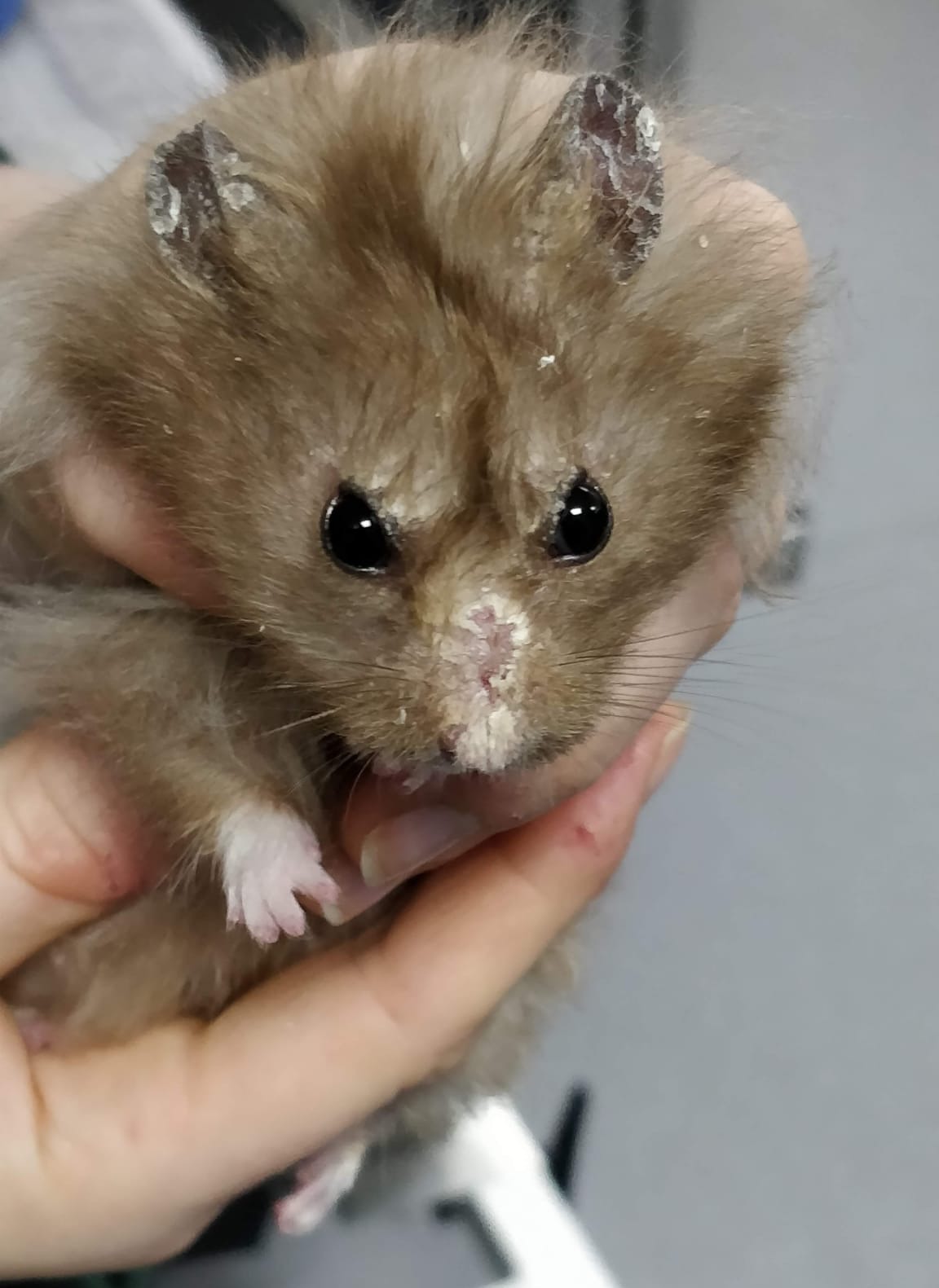Largest study reveals most common disorders and lifespan of pet hamsters in the UK
New research from the Royal Veterinary College (RVC) has revealed the 20 most common disorders in pet hamsters. Of these, the most popular include “wet tail", bite injuries from other hamsters, overgrown nails and/or incisors and traumatic injury. The average lifespan of pet hamsters was 1.75 years. These findings, on one the world’s most popular small pets, will help owners better understand what conditions to look out for and will help set expectations for how long their hamster may live.

Hamsters are popular pets worldwide, often being the first pet that a child will own as their own. Despite this popularity, there has been very little research into the health issues of these beloved rodents kept as pets to date. Often purchased by parents as short-commitment pets, hamsters are brought to the vets less frequently than other companion animals such as cats and dogs. They can also often be difficult to handle and may ‘hide’ signs of illness to protect themselves due to their prey status. These factors have made it harder to get good data on their overall health until now.
Previously, owners and vets largely had to rely on personal experience, small research studies and anecdotal reports. However, the RVC’s new VetCompass research fills these critical knowledge gaps, meaning this new information can be used to improve future treatment and care of hamsters.
The study, the largest in the world to date, was led by the RVC’s VetCompass programme and investigated anonymised veterinary clinical records of a random sample of almost 4,000 hamsters. The three most common hamster species were Syrian (golden) hamster (73.5%), Djungarian (winter white dwarf) hamster (13.8%) and Roborovski hamster (6.4%).
From a list of the 20 most common disorders across all hamster species, the most common disorders were "wet tail" – (diarrhoea or liquid discharge) (7.33%), bite injuries from other hamsters (5.88%), overgrown nail(s) (4.13%), overgrown front teeth (3.98%) and traumatic injury (3.80%).
The average age at death across all hamsters was 21 months (1.75 years). Awareness of the typical ages at death of pet hamsters under veterinary care can help veterinarians build realistic expectations for hamster owners and may also help owners accept the animal welfare benefit for euthanasia when recommended by their veterinary surgeon. This information is especially important to help children understand the typical natural lifecycle of pet hamsters.
Other key findings of the study included:
- The most common causes of deaths were “wet tail” (7.9%), abdominal mass (6.4%), cancer (5.4%) and difficulty breathing (4.0%).
- Compared to other types of hamster, Syrian (golden) hamsters had higher risk of 7/20 (35%) common disorders and lower odds of 1/20 (5%) common disorders groups.
- Disorders with highest risk in Syrian (golden) hamsters compared with hamsters that were not Syrian (golden) included: female reproductive disorder (x 5.19), urinary system disorder (x 5.04) and appetite disorders (x2.68).
- The disorder with the lowest risk in Syrian (golden) hamsters was traumatic injury (x 0.34).
- The average lifetime disorder count across all hamsters was one disorder although the Syrian (golden) hamster had a higher number of disorders than the other two species.
These results can contribute to an improved understanding of common diseases in pet hamster species and will help veterinary professionals guide owners in the care of their pet hamsters and appropriate euthanasia decisions. Further education of vets is encouraged to enable better understanding of the welfare and treatment of hamsters under veterinary care in the UK.

Dr Dan O’Neill, Associate Professor in Companion Animal Epidemiology at the RVC and lead author of the paper, said:
“Hamsters can make good pets for both adults and children but until now, very little was published about their health. Parents can now help their children with realistic expectations of how long their hamster may live and what are the most common conditions to look out for to protect the health of these delightful little creatures.”
Dr Vicki Baldrey, co-author and Lecturer in Exotic Species and Small Mammal Medicine and Surgery at the RVC, said:
“This research will not only help owners of hamsters to identify common signs of ill health and optimise diet and husbandry, but also helps us focus our teaching and continuing education materials on the most commonly seen conditions. This will ensure vets are as well-equipped as possible to deal with these charismatic and much-loved pets.
Kate Kim, veterinary surgeon and co-author of the paper said:
“Due to the limited information on companion hamster health, very little is taught on their care in vet school. This research will help vet students, veterinary team members, and owners to work together to ensure better care and hopefully improve the welfare of many future generations of these precious pets.”

Justine Shotton, BVA President said:
“Hamsters can make good pets but it’s important for their specific welfare needs, such as being nocturnal, to be understood and met and that both owners and vets are aware of the common signs of ill health, so they know when medical intervention is needed.
“For owners, having realistic expectations of life expectancy is also helpful, particularly if a child is to be involved in the hamster’s care. It is advisable to speak to a vet before getting any pet, to make sure it is the right animal for all who will be responsible for it and to consider other species which may be a better fit for the owner or family.”
For more information, you can find the RVC’s advice sheet on hamster care here: https://rvc.uk.com/hamster-care
Notes to Editors
Reference
O’Neill et al. (2022) "Demography, disorders and mortality of pet hamsters under primary veterinary care in the UK in 2016" Journal of Small Animal Practice
The full paper is available from Journal of Small Animal Practice and can be accessed here: https://doi.org/10.1111/jsap.13527
Media enquiries
For media enquiries, please contact:
- Jasmin De Vivo jasmin.devivo@plmr.co.ukor rvc@plmr.co.uk
- Press Line: 0800 368 9520
About the RVC
- The Royal Veterinary College (RVC) is the UK's largest and longest established independent veterinary school and is a Member Institution of the University of London.
- It is one of the few veterinary schools in the world that hold accreditations from the RCVS in the UK (with reciprocal recognition from the AVBC for Australasia, the VCI for Ireland and the SAVC for South Africa), the EAEVE in the EU, and the AVMA in the USA and Canada.
- The RVC is ranked as the top veterinary school in the world in line QS World University Rankings by subject, 2022.
- The RVC offers undergraduate and postgraduate programmes in veterinary medicine, veterinary nursing and biological sciences.
- A research led institution with 88% of its research rated as internationally excellent or world class in the Research Excellence Framework 2021.
- The RVC provides animal owners and the veterinary profession with access to expert veterinary care and advice through its teaching hospitals and first opinion practices in London and Hertfordshire.

